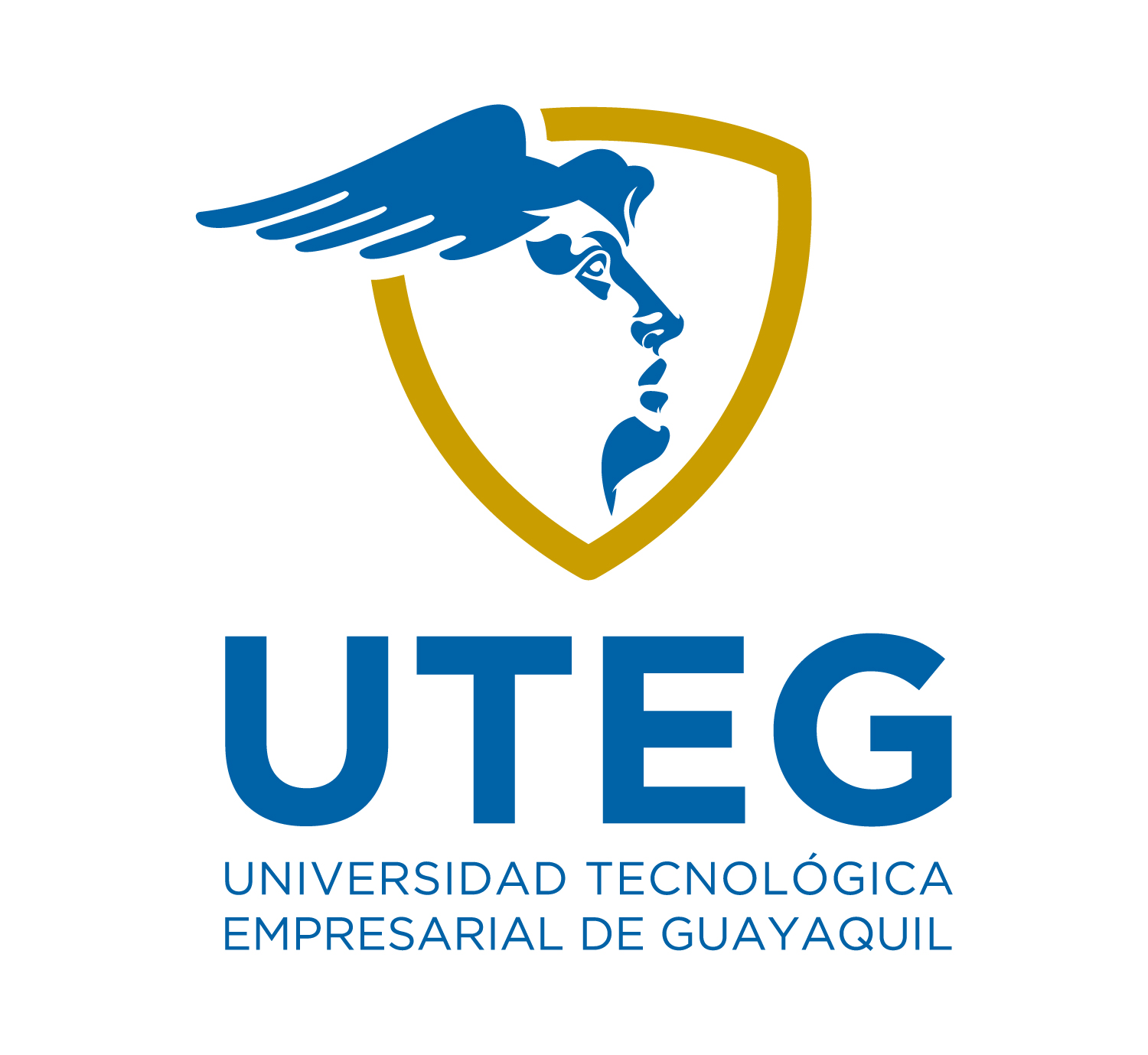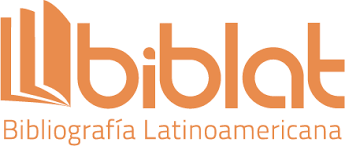Evaluación del uso efectivo de nextcloud como una herramienta colaborativa para la gestión del aprendizaje
DOI:
https://doi.org/10.47189/rcct.v19i21.233Palabras clave:
Nextcloud, herramientas colaborativas, gestión académica, aprendizaje colaborativoResumen
La computación en nube o Cloud Computing, es de gran ayuda en los ambientes de aprendizaje porque permite la unificación e intercambio de los recursos de información de las universidades. Dentro de este contexto, resalta la importancia del uso de herramientas colaborativas en los procesos educativos. Existen diversas herramientas comerciales que ofrecen una capacidad de almacenamiento y colaboración limitada de forma gratuita, mientras que el uso de las empresariales representa costos significativos mensuales y anuales. Este artículo describe el uso de la herramienta de colaboración Nextcloud con infraestructura propia, que será utilizada para la gestión académica de los docentes y estudiantes en el ámbito de instituciones de educación superior. La herramienta de colaboración presenta un grupo de funcionalidades de almacenamiento cifrado de información, archivos compartidos entre usuarios, calendario de actividades y editor de texto en línea con visor de documentos online que fueron aplicados en un ambiente educativo.
Descargas
Referencias
Aguiar, D., Verdún, N., Silin, I., Capuano, A., & Aristimuño, F. (2014). Las TIC en la educación media: ¿Una herramienta más o nuevo contexto de aprendizaje? Análisis de las representaciones de docentes y directivos sobre el Programa Conectar Igualdad en tres provincias de la Patagonia Argentina. Revista Magistro, 8(15), 4.
Alias, N., & Zainuddin, A. (2005). Innovation for Better Teaching and Learning : Adopting the Learning Management System. Malaysian online journal of instructional technology, 2(2), 27–40.
Attaran, M., & Attaran, S. (2002). Collaborative computing technology : the hot new managing tool. Journal of Management Development, 21(8), 598-609. doi:https://doi.org/10.1108/02621710210437572
Celestino, G., Echegaray, O., & Guenaga, G. (2003). Integración de las tic en la educación superior. Pixel-Bit. Revista de Medios y Educación.
Chou, P.-N., & Chen, H.-H. (2008). Engagement in online collaborative learning: A case study using a web 2.0 tool. Journal of Online Learning and Teaching, 4(4), 574-582.
Clark, R., & Mayer, R. (2016). E-learning and the science of instruction: Proven guidelines for consumers and designers of multimedia learning. (J. Wiley, & Sons, Edits.) Wiley SCELC e-books.
Daryabar, F., Dehghantanha, A., Eterovic-Soric, B., & Choo, K. (2016). Forensic investigation of OneDrive, Box, GoogleDrive and Dropbox applications on Android and iOS devices. Australian Journal of Forensic Sciences, 48(6), 615-642.
Del Moral Pérez, M., & Villalustre, L. (2010). Formación del Profesor 2.0: Desarrollo de Competencias Tecnológicas para la Escuela 2.0. MAGISTER. Revista Miscelánea Investigación, 59–69.
Díaz, J., Schiavoni, A., Amadeo, A., Charnelli, M., Schulz, J., & Humar, A. (2015). Integrando un Repositorio Digital de Objetos de Aprendizaje con Servicios que Promuevan su Uso y Mantenimiento. Conferencias LACLO, 5(1), 5(1).
Douligeris, C., & Seralidou, E. (2017). Contemporary collaborative trends and their effect in education. In Global Engineering Education Conference (EDUCON), IEEE, 395-403.
Fischer, G. (2016). Exploring, understanding, and designing innovative sociotechnical environments for fostering and supporting mass collaboration. In Mass collaboration and education. Springer, Cham, 43-63.
Gonda, L., & Junior, B. A. (2017). Nuvem de Dados Corporativa - Un Caso de Suceso. Obtenido de http://www.xiwticifes.ufba.br/modulos/submissao/Upload-353/86118.pdf
González-Martínez, J., Bote-Lorenzo, M., Gómez-Sánchez, E., & Cano-Parra, R. (2015). Cloud computing and education: A state-of-the-art survey. Computers & Education, 80, 132-151.
Kortiš, P., & Grondžák, K. (2012). Collaborative tools for efficient instructor cooperation. In Emerging eLearning Technologies & Applications (ICETA), IEEE 10th International Conference, IEEE, 203-206.
Kumar, R., Gupta, N., Charu, S., Jain, K., & Jangir, S. (2014). Open source solution for cloud computing platform using OpenStack. International Journal of Computer Science and Mobile Computing, 3(5), 89-98.
Lakhan, S., & Jhunjhunwala, K. (2008). Open source software in education. Educause Quarterly, 31(2), 32.
Lantz, B. (2013). Equidistance of Likert-Type Scales and Validation of Inferential Methods Using Experiments and Simulations. The Electronic Journal of Business Research Methods, 11(1), 16–28.
Mościcki, J., & Mascetti, L. (2018). Cloud storage services for file synchronization and sharing in science, education and research. Future Generation Computer Systems, 78(3), 1052-1054.
Mousavizadeh, M., Ryan, S., Harden, G., & Windsor, J. (2015). Knowledge management and the creation of business value. Journal of Computer Information Systems, 55(4), 35- 45.
Neumann, S., Saucedo, K., Giordani, S., Besen, B., Daga, P., Sgarioni, M., & Strieder, D. (2016). Professores em formação e o uso das tecnologias de informação e comunicação–TICS Teacher. Education and the use of information and communication technologies–ICTs. IX World Congress on Communication and Arts.
Nextcloud. (26 de diciembre de 2017). https://nextcloud.com/. Obtenido de https://nextcloud.com/features/
Onlyoffice. (2017). Onlyoffice. Obtenido de https://www.onlyoffice.com/es/features.aspx#editors
Perelló, J. S. (2017). Análisis de soluciones cloud para almacenamiento de archivos y trabajo colaborativo. (Doctoral dissertation).
Rice, R., Majchrazak, A., King, N., Ba, S., & Malhotra, A. (2000). ComputerMediated Inter-organizational Knowledge Sharing: Insights from a virtual team innovating using a collaborative tool. Knowledge Management and Virtual Organizations. Hrsg.: Malhotra Y., Idea Group Publishing, 84-100.
Salguero, J. (2017). Gestor documental de Centro Universitario de Merida integrado con Campus virtual. Repositorio institucional Universidad de Extremadura.
Salinas, J. (2004). Innovación docente y uso de las TIC en la enseñanza universitaria. RUSC. Universities and Knowledge Society Journal, 1(1), 1– 16.
Sigalés, C. (2004). Formación universitaria y TIC: nuevos usos y nuevos roles. RUSC. Universities and Knowledge Society Journal, 1(1).
Teran, L., Spicher, N., Ramırez, R., Pazos, R., & Ron, M. (2016). Public Collaborative Legislation A Case Study of the Ingenios Act. In eDemocracy & eGovernment (ICEDEG), Third International Conference on, 87-92.
Venkatesh, V., Croteau, A., & Rabah, J. (2014). Perceptions of effectiveness of instructional uses of technology in higher education in an era of Web 2.0. In System Sciences (HICSS), 47th Hawaii International Conference on, 110119.
Yamin, F., & Ishak, W. (2015). Continuous Use of Online Storage System for Document Sharing. Journal Teknology, 77, 5, 23-27.
Publicado
Número
Sección
Licencia
Derechos de autor 2019 Revista Científica Ciencia y tecnología

Esta obra está bajo una licencia internacional Creative Commons Atribución-NoComercial 4.0.













